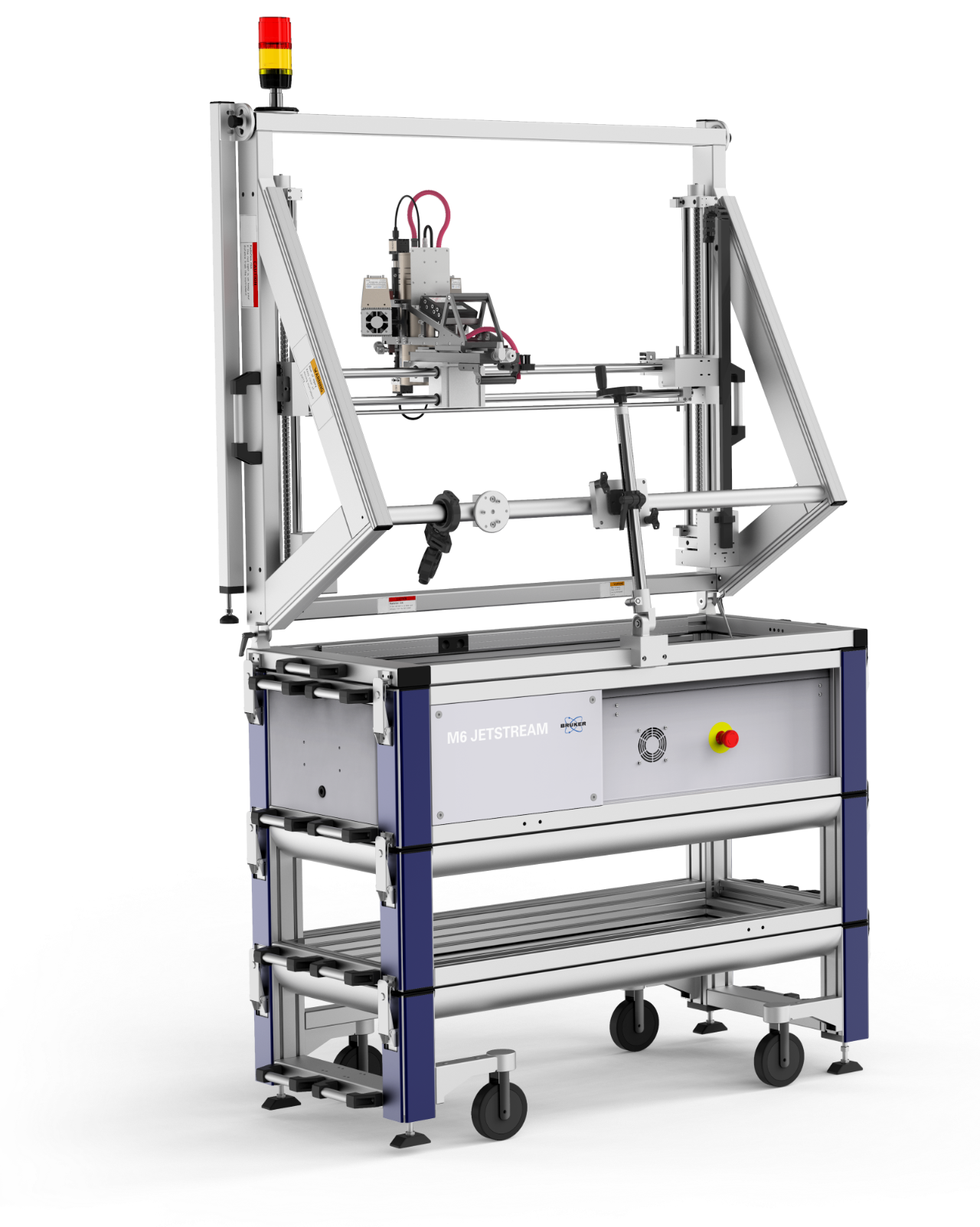

A Complex Matter: Evaluating Micro-XRF Scanning Data of Paintings
Among cultural heritage objects, paintings yield the most complex composition in terms of XRF analysis, due to their immanent nature of being a multilayered system consisting of different pigment mixtures. Alike the quick adaption of infrared reflectography (IRR) in the late 1960’s, spatial-resolved micro-XRF analysis has established itself as a standard technique for the analysis of paintings in the last ten years. Its non-invasive nature and imaging capabilities of surface and sub-surface preparatory and paint layers enables us to directly glimpse over the shoulder of the artist at work.
The wide range of elements that can be identified by XRF analysis allows users to gain knowledge on the entire pigment repertoire of artistic workshops, while its fast nature allows to study large quantities of objects to be studied.
Though scanning micro-XRF data allows an easier access to data interpretation merely by offering the analyst the opportunity to allocate the distribution of chemical elements to certain preparatory or paint layers, elemental identification and a truthful display of the elemental distribution remains challenging:
- How do I find all elements present?
- What are the different ways of displaying elemental distributions?
- How can I prove that my elemental distribution is correct?
- Can I relate it even to specific layers?
- How are spectral artifacts impacting the display and can I use them?
Using micro-XRF scanning data of case studies from the collection of the Städel Museum Frankfurt, this webinar will provide our recommended workflows for data evaluation to not only identify all elements present but also to validate the elemental maps. Different processing solutions and their theoretical background offered by Bruker software packages will be discussed.
This webinar aims to empower heritage and conservation scientist to get the most out of their data and solve analytical questions, that have so far required invasive analysis for answering.
If you found this webinar insightful we encourage you to watch other webinars in our Art & Conservation Series:
Speakers
Dr. Mareike Gerken
Application Scientist, Bruker AXS
Dr. Roald Tagle
Global Manager Application Science, Bruker AXS
Watch this Recorded Webinar
Please enter your details below to the recording of this webinar.


